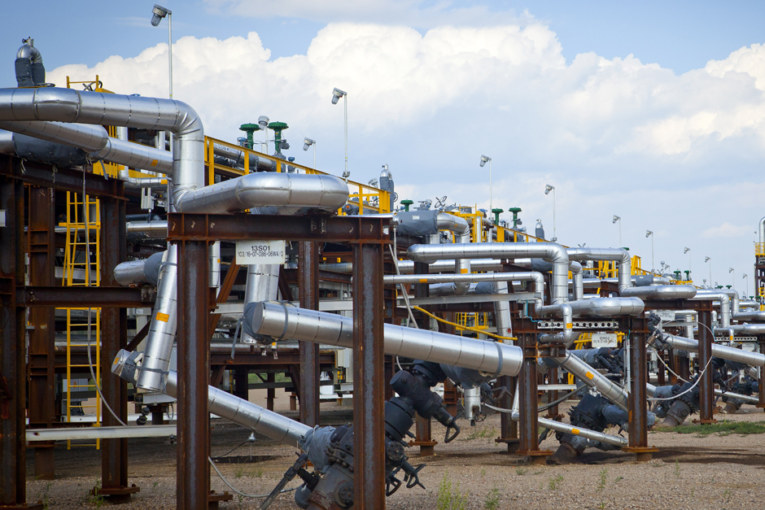
CALGARY – Nexen Energy will begin work on a new $400-million expansion of its Long Lake project, in a rare return of foreign direct investment to the oilsands.
Nexen, the Calgary-based subsidiary of China’s state-owned oil company CNOOC Ltd., announced Tuesday it had decided to proceed with a project to add 26,000 barrels of oil production per day to its Long Lake oilsands development.
“This decision further affirms CNOOC Ltd.’s long-term confidence in the Alberta energy sector and helps achieve the Alberta government’s climate objectives,” the company said in a release, noting that the new project would reduce Long Lake’s overall emissions intensity.
“We remain committed to growing our Canadian production profile, and our oilsands assets are an important component of this strategy,” the release stated.
Kevin Birn, vice-president, North American crude oil markets at IHS Markit, said Nexen’s decision to build the expansion project is a positive sign for the oilsands, as it shows CNOOC’s willingness to invest in the sector.
“A lot of people were wondering what they thought of their asset,” Birn said.
While not a wholly new project, the decision suggests some companies are starting to proceed with their mothballed projects as U.S. crude oil prices stay well above US$60 per barrel.
“Over the last 12 months, we have seen some investment trickling back in,” said Birn.
The project will add new well pads and pipelines to an existing facility by 2020 and is similar to debottlenecking and capital efficiency projects announced this year by Imperial Oil Ltd. and Osum Oil Sands Corp.
The per-barrel costs of the new project were 50 per cent lower than what Nexen was paying for expansion projects before the oil price collapse of 2014, Birn said. He also said the costs were slightly lower now because the new expansion isn’t a “full project,” complete with new steam facilities.
Oil companies have been on an aggressive cost-cutting drive since the collapse in an attempt to boost returns from their operations and make their projects more competitive in the low oil price era.
“That is definitely one of the lowest (per barrel costs) that we’ve seen sanctioned recently,” said Nathan Nemeth, research analyst at Wood Mackenzie. “The caveat is that, once they start construction can they stick to that?”
Nemeth said there have been a few other expansion projects announced recently, including by MEG Energy Corp. at its Christina Lake facility. Analysts are also watching whether Imperial Oil will announce a brand new oilsands project, Aspen phase 1, later this year.
CNOOC purchased Nexen for $15.1 billion in 2013, roughly a year-and-a-half before oil prices began to tumble, leaving the high-cost oilsands sector particularly hard hit.
At the time, the deal was highly controversial as CNOOC is a Chinese state-owned enterprise with then-prime minister Stephen Harper saying foreign government-owned companies could only buy oilsands companies in “exceptional circumstances.”
Since that time, a combination of state-owned and international oil companies have exited the oilsands through multi-billion-dollar sales, including Norway’s Statoil SA and Houston-based ConocoPhillips Co.
Investment in the sector has dropped significantly, too. Data from ARC Energy Research Institute shows companies will re-invest $12.5 billion in the oilsands this year, nearly a third of the $33.8 billion re-invested in the oilsands in 2014.
Even with lower investment, oilsands production is expected to rise.
A new report from the Canadian Energy Research Institute this week projects oilsands production will ramp up from 2.65 million bpd this year to just under 5.5 million bpd by 2038.
Total Canadian crude oil production will rise from 4.2 million bpd to 7.2 million bpd over the same period, the institute estimates.
• Email: [email protected] | Twitter: geoffreymorgan
You can read more of the news on source
